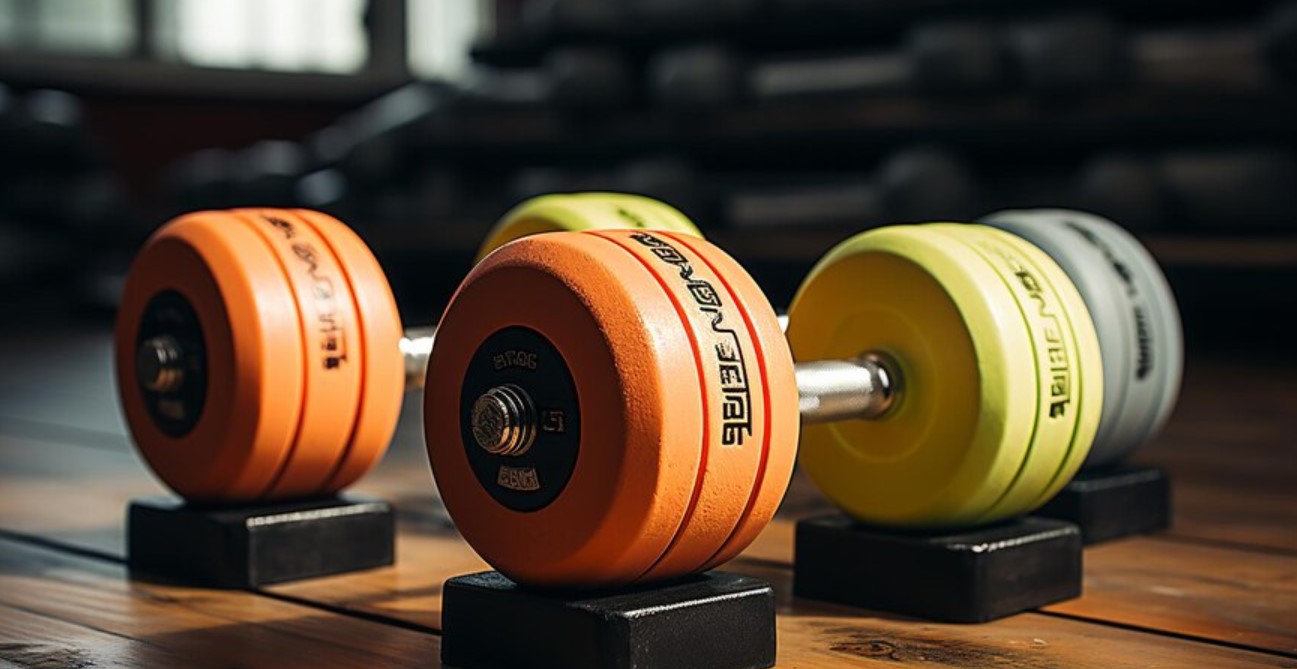In the world of industrial equipment and fluid transfer systems, plastic camlock fittings are essential components. They offer versatility, ease of use, and cost-effectiveness. But like any other piece of equipment, they also come with their set of issues. This comprehensive guide will delve into ten common problems associated with plastic camlock fittings and provide actionable solutions to fix them. Whether you are a seasoned professional or a new user, this guide will help you maintain your system’s efficiency and longevity.
Discussing Plastic Cam Fittings, It’s Common Problems & Solutions:
Plastic or polypropylene cam fittings are widely used in various industries. They are well known for quick and secure connections in fluid transfer. They are made from durable plastics like polypropylene and nylon, which offer resistance to chemicals and corrosion, making them ideal for a variety of applications. However, despite their advantages, users often encounter several issues that can disrupt operations. Let’s discuss these problems & solutions to them too.
Leaks
Leaks are one of the most common issues with plastic camlock fittings. In fact, leaks can happen with any cam fittings likebrass camlock, stainless steel and more. Several factors including improper installation, worn-out gaskets, or damaged fittings can cause them.
Solution: Ensure that the fittings are properly installed and tightened. Check and replace gaskets regularly, as they can wear out over time. If the fitting itself is damaged, it may need to be replaced entirely.
Cross-threading
Another common issue with plastic fittings is the cross-threading. For those who are not aware, cross-threading occurs when the threads of the camlock fitting are not aligned properly during installation. As a result, it leads to damage and poor sealing between the pipes.
Solution: Always start threading by hand to ensure proper alignment before using tools to tighten the fitting. If cross-threading has occurred, the fitting may need to be replaced to ensure a proper seal.
Exposure to Chemicals
Although widely used for their convenience and cost-effectiveness, plastic camlock fittings can degrade when exposed to certain chemicals. This degradation often manifests as brittleness, cracking, or discoloration, which can compromise the integrity and safety of the connections they form.
Solution: Use fittings made from materials compatible with the chemicals they will encounter. Polypropylene and nylon are common materials for plastic camlock fittings due to their chemical resistance. Always refer to a chemical compatibility chart to select the appropriate material.
UV Degradation
Exposure to ultraviolet (UV) radiation is a significant concern for plastic camlock fittings. Prolonged exposure to UV rays can accelerate the degradation process, causing these fittings to become brittle and prone to breaking. The structural integrity of plastic cam fittings is compromised as UV radiation breaks down the chemical bonds within the plastic, leading to cracks and eventual failure.
Solution: If the fittings are outdoors, opt for UV-resistant materials or protective coverings. Regular inspection and timely replacement of affected parts can also prevent system failures due to UV degradation.
Temperature Sensitivity
Plastic cam fittings can be sensitive to extremely high and low temperatures, which can significantly affect their performance. These fittings may experience thermal expansion at high temperatures, leading to a less secure connection and potential leakage. Conversely, exposure to low temperatures can cause the plastic to become brittle, increasing the risk of cracks or breaks under stress.
Solution: Choose fittings that are rated for the temperature range they will be exposed to. For example, polypropylene camlock fittings are generally suitable for temperatures up to 70°C (158°F), while nylon fittings might handle higher temperatures.
Incorrect Coupling Size
Selecting the appropriate size of camlock fitting is paramount to ensuring optimal performance and safety in any fluid transfer application. Regardless of the quality of the camlock fitting, an incorrect size can result in significant problems, including poor sealing and connection issues. Poor sealing may lead to leaks, which can cause hazardous conditions, especially when dealing with sensitive or dangerous fluids.
Solution: Always verify your system’s size requirements before purchasing and installing camlock fittings. Measuring both the inner and outer diameter of the hose and the fitting can help ensure compatibility.
Wear and Tear
Over time, plastic camlocks can wear out due to regular use, leading to performance issues. These fittings, which are commonly used for their ease of connection and disconnection, are subject to wear and tear from repeated applications. The plastic material can degrade as it ages, potentially causing leaks or difficulties in achieving a secure fit.
Solution: Regularly inspect your fittings for signs of wear and tear, such as cracks, discoloration, or deformation. Replace any worn-out parts promptly to maintain the integrity of your system.
Improper Maintenance
Neglecting regular maintenance can lead to various problems with plastic fittings, from leaks to complete failure. These fittings are critical components in fluid handling systems, and their proper functioning is essential to avoid operational disruptions. Without consistent upkeep, debris and wear can cause the seals to deteriorate, resulting in leaks that compromise system integrity and efficiency.
Solution: Implement a routine maintenance schedule that includes inspecting, cleaning, and replacing parts as needed. Proper maintenance can extend the life of your fittings and ensure optimal performance.
Final Words!
Plastic camlock fittings are essential in many industries, offering a reliable and cost-effective solution for quick hose connections. However, they are not immune to problems. By understanding the common issues and how to address them, you can ensure the longevity and efficiency of your fittings.





